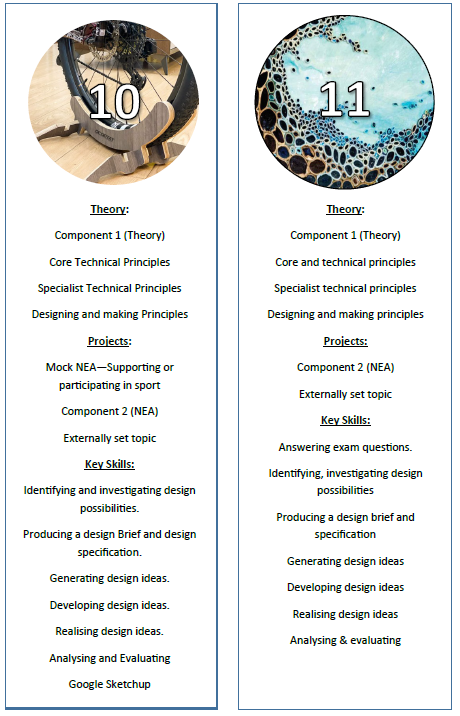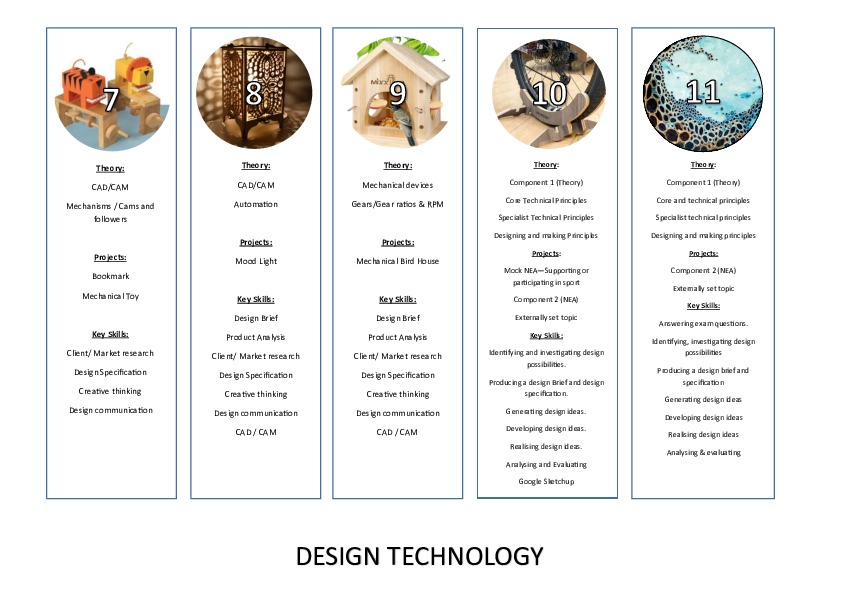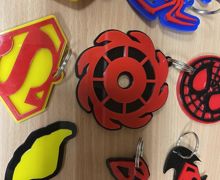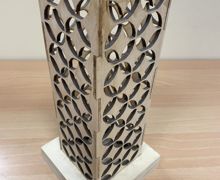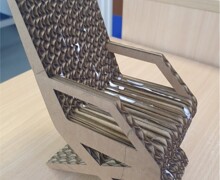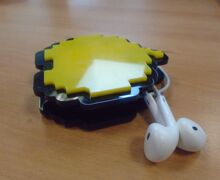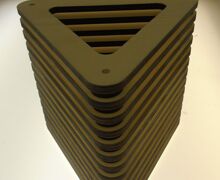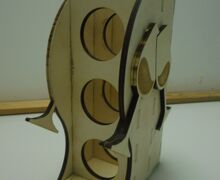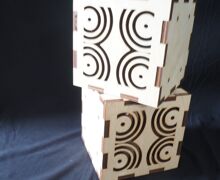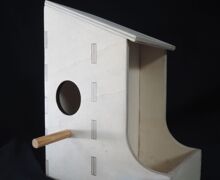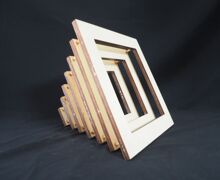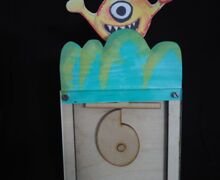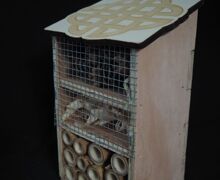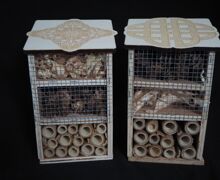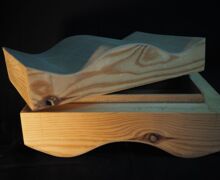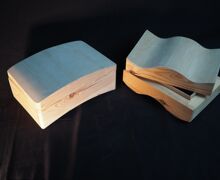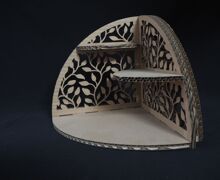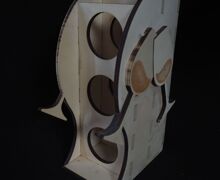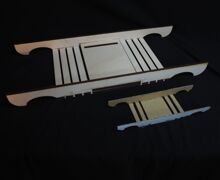- Home
- Secondary
- Subject Information
Design and Technology
Back
Introduction
Design and Technology is fundamental to how we live our lives. From the roofs over our heads, to the phones in our pockets, to the food we eat.
Our students learn to use current technologies and consider the impact of future technological developments. They learn to respond creatively to solve problems as individuals and members of a team. They explore the relationship food has upon the environment and develop skills to cater for individuals and events.
Students respond with ideas, products and systems, challenging expectations where appropriate. They combine practical and intellectual skills with an understanding of aesthetic, technical, cultural, health, social, emotional, economic, industrial and environmental issues.
Through technology students develop confidence in using practical skills, to manage their time and become discriminating users of products. They apply their creative thinking and learn to innovate through using skills that are transferable to many other contexts, such as:
- Using equipment safely
- Measuring accurately
- Working to a brief
- Development modelling
- Evaluating products
- Communication
KS3
The key stage 3 curriculum is designed to develop skills such as graphics, food, and product design; thus, giving them a solid base to undertake a GCSE should they wish to. They will gain this experience through specially designed units of work covering a variety of skills and themes across the different areas of technology.
Pupils should be taught to develop their creativity and ideas and increase proficiency in their execution. They should develop an understanding of the limitations of the design brief and the effectiveness of the final creation and evaluation.
Pupils will be able to demonstrate:
| Understand user needs | Effective design criteria | Present Design Ideas |
| Be able to select appropriate research to inform your work. | Be able to present effective design ideas appropriately for the material area. | Be able to present effective design ideas appropriately for the material area. |
| Design Issues | Tools and Equipment | Materials/ingredients and properties |
| Identify the opportunities and constraints of design issues in your work. | Select and show safe use of the appropriate tools and equipment in each material area. |
Be able to select correct material/ingredients due to their properties Be able to show correct use of material/ingredients |
Homework expectations
The technology department follows the Academy policy on homework. It is essential a disciplined approach towards homework is taken for students to fully meet the course requirements.
Please ensure that your student is equipped for learning. Students must have their pencil, rubber, sharpener and ruler for class.
KS4
The GCSE in Design and Technology enables students to understand and apply iterative design processes through which they explore, create and evaluate a range of outcomes. The qualification enables students to use creativity and imagination to design and make prototypes (together with evidence of modelling to develop and prove product concept and function) that solve real and relevant problems, considering their own and others’ needs, wants and values. It gives students opportunities to apply knowledge from other disciplines, including mathematics, science, art and design, computing, and the humanities.
Students will acquire subject knowledge in design and technology that builds on Key Stage 3, incorporating knowledge and understanding of different materials and manufacturing processes in order to design and make, with confidence, prototypes in response to issues, needs, problems and opportunities.
Students learn how to take design risks, helping them to become resourceful, innovative, and enterprising citizens. They should develop an awareness of practices from the creative, engineering and manufacturing industries. Through the critique of the outcomes of design and technology activity, both historic and present day, students should develop an understanding of its impact on daily life and the wider world and understand that high-quality design and technology is important to the creativity, culture, sustainability, wealth and wellbeing of the nation and the global community.
A final prototype could be a highly finished product, made as proof of concept before manufacture, or working scale models of a system where a full-size product would be impractical.
Specification web address: AQA GCSE Design Technology
This qualification is linear. Linear means that students will sit all their exams and submit all their non-exam assessment at the end of the course.
Subject content
Assessments
| Paper 1 |
| What is assessed
· Core technical principles · Specialist technical principles · Designing and making principles |
| How it is assessed
· Written exam: 2 hours · 100 marks · 50% of GCSE |
| Questions
Section A – Core technical principles (20 marks) A mixture of multiple choice and short answer questions assessing a breadth of technical knowledge and understanding. Section B – Specialist technical principles (30 marks) Several short answer questions (2–5 marks) and one extended response to assess a more in depth knowledge of technical principles. Section C – Designing and making principles (50 marks) A mixture of short answer and extended response questions. |
| Non-exam assessment (NEA) |
| What is assessed
Practical application of: · Core technical principles · Specialist technical principles · Designing and making principles |
| How it is assessed
· Non-exam assessment (NEA): 30–35 hours approx. · 100 marks · 50% of GCSE |
| Task(s)
· Substantial design and make task · Assessment criteria: o Identifying and investigating design possibilities o Producing a design brief and specification o Generating design ideas o Developing design ideas o Realising design ideas o Analysing & evaluating · In the spirit of the iterative design process, the above should be awarded holistically where they take place and not in a linear manner · Contextual challenges to be released annually by AQA on 1 June in the year prior to the submission of the NEA · Students will produce a prototype and a portfolio of evidence · Work will be marked by teachers and moderated by AQA |
